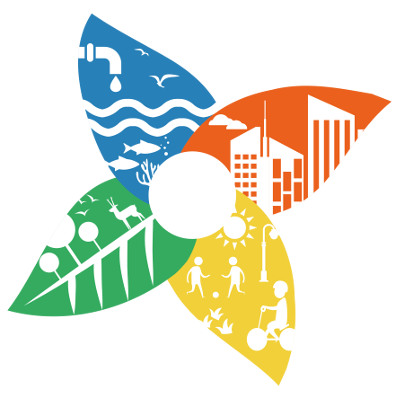What if cities were designed by animals? That was one of the more intriguing and somewhat esoteric questions asked in a session on experimentation with infrastructures, organised by Heather Lovell and Andrew Harwood from the University of Tasmania, at the 4S conference in Sydney last week.
NATURVATION collaborator Rob Raven (Utrecht University and Monash Sustainable Development Institute) attended the session to present new thinking on the relation between nature and urban infrastructures. The presentation was motivated by the question whether and how it makes a difference to experiment and innovate with nature-as-infrastructure compared to technology-as-infrastructure. The presentation drew on material developed as part of the NATURVATION project, and in particular case study research in Malmö, Newcastle and Utrecht, performed by the different research teams based in or close to these cities.
Preliminary analysis suggests that indeed nature does make a difference in various processes usually considered to be critical to urban infrastructural experimentation. For instance, controversies and contestations are not uncommon the experimentation as experiments often challenge the status-quo in incumbent industries and governance networks. However, in the case of Utrecht, contestations emerged not just out of challenging the status-quo in, let’s say, the construction industry, but also in understandings of what constitutes ‘real’ nature in the first place.
Nature conservation groups have questioned whether the water system in Leidsche Rijn in Utrecht, which is designed to include substantial green elements such as wetlands, bioswales and permeable paving, has actually done more damage than good, because part of a national ecological infrastructure has been lost due to the establishment of the Leidsche Rijn in the first place. How would urban design decisions have been different if, let’s say, the average badger or field mouse would have led the design team in charge of Leidsche Rijn? Would that have shaped a different balance between green and grey? Would they have consulted with other species and plants about their preferences? Would humans have been invited to engage, such as to make sure the interests of the construction industry and citizens were heard, or would they merely have been seen as passive targets in information campaigns, at best?
These questions and others, although still largely unresolved, provided substantial food for thought during dinner and drinks later in the evening.
Rob Raven is a Professor at Monash Sustainable Development Institute and Utrecht University supporting the Naturvation project.
